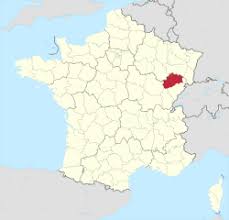
Introduction
The term ‘eunuch maker’ traditionally refers to practitioners in various cultures who performed the operation of castration, an act steeped in historical and cultural significance. Understanding this practice sheds light on societal structures, gender roles, and power dynamics across different civilizations. This topic remains relevant as it highlights how social norms and historical contexts inform contemporary discussions about gender and sexuality.
The Role of Eunuchs in History
Eunuchs have played notable roles in various cultures, especially in ancient empires such as the Byzantine and Ottoman Empires, as well as in the courts of China and India. They were often entrusted with high-ranking positions, serving as guards, advisors, and administrators. Their unique status—neither fully male nor female according to societal definitions—allowed them to occupy spaces and roles that were, at times, inaccessible to others. The ‘eunuch maker’ thus became a pivotal figure in these societies, perpetuating a system that both marginalized and empowered through complex social stratification.
Cultural Practices and Beliefs
The operations performed by eunuch makers were often ritualistic and tied to beliefs about purity and power. In many cases, eunuchs were perceived as having special abilities or even divine connections because of their altered state, leading to their inclusion in spiritual and traditional practices. Historical documentation indicates that these practices often intersected with issues of family lineage and inheritance, revealing the multifaceted significance of the eunuch within society.
Modern Perspectives
Today, the concept of the eunuch maker can serve as a lens through which to examine modern discussions surrounding gender identity and the repercussions of bodily autonomy. While the physical act of castration has become less common and is often viewed through a critical lens, the legacy of eunuchs still permeates discussions about gender fluidity and societal governance. Understanding these historical practices prompts contemporary society to question and reflect on our own approaches to gender, power, and identity.
Conclusion
The exploration of the eunuch maker and the cultural history surrounding it provides significant insights into the complex layers of societal hierarchy, identity, and the human condition. As discussions around gender and sexual identity continue to evolve, reflecting on these historical practices is paramount. They invite both historical reflection and modern discourse, ultimately enriching our understanding of how societies can shape and are shaped by varying perceptions of gender.
You may also like

The Cultural and Historical Significance of Poppies

The Significance of 5th November: History and Celebrations
